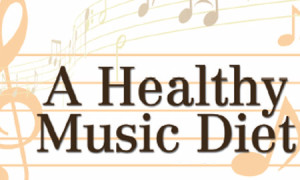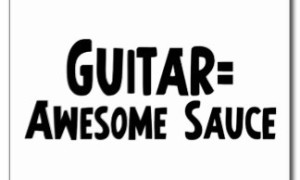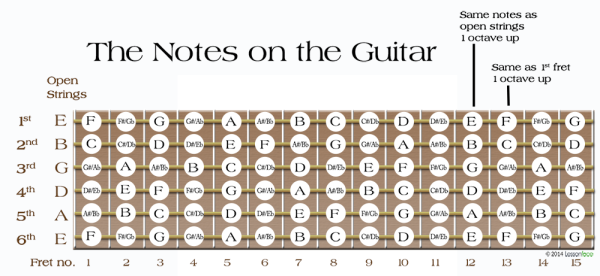Enough burgers! You need a fit body to let healthy music flow out of you!
What is it with some players who despite their solid understanding of music’s “right” notes, they still get tired (or even feel pain) when playing for a long stretch of time?
The answer is simply that musical performance is an athletic discipline like any other sport, and that effortless playing depends on the body’s fitness.
Getting the best result for the least effort is indeed the most elegant way of doing anything, but is it practice that makes perfect? I would rather say repeating nonsense achieves fluent nonsense. As the reknown Alexander Technique mentions “prevention is better than cure and hence one is to focus on how to carry out actions to build GOOD habits.” So consult, stop to listen to others with less/ no physical shortcomings, and then re-approach one’s methods afresh. Sometimes dropping the stubbornness that something is good only because it has worked for many years is the key to open a new door.
So here follow some guidelines I’ve over the years shared on how to play comfortably, and why everything IS possible! As you may note, these are split into physical and mental exercises – the physical is first as it’s the actual practical task you try; however you’ll sure instantly notice a change in application (maybe easier) when you re-try the practical tasks after reading the mental part.
All following physical examples are for a right-handed guitar player:
1. Simply rest the right hand on guitar. The weight of arm keeps guitar in place, so do not try to push the guitar inwards from the right as this effects the posture.
2. Strap to be fitted so that guitar is same angle whether sitting/standing.
3. Thumb should not curl around fingerboard but rather act as a pivot midway behind the fretboard in line with the 2nd finger from the front. If not, the palm of the hand is narrowed, restricting playing of notes on adjacent frets.
4. A good posture depends on your body staying balanced and erect, avoiding undue twisting, with your head, elbows and neck able to move freely, your back standing/ sitting up firm & no twisting of shoulders to side.
5. The left shoulder isn’t to lean sideways towards the guitar. The hand and elbows are free as to pull the guitar inwards to the left of the body, if at all necessary.
6. Avoid picking too loud with right hand as this in turn demands left hand to apply more fretting pressure.
7. Despite a tutor’s guides, the best way to improve is to experience things first hand. A good way is for you to play a piece focusing on new posture without much attention to the piece, then playing the piece again with the old posture. This will reveal how the new posture differs from the old, and how easier it is.
Mental suggestions:
1. There’s no way but the best way. It’s the easiest to master, so make a habit of that. This is known as the cycle of conscious incompetence > conscious competence > unconscious competence i.e. first you’re aware of your shortcomings, then you practice enough to garner skill & the knowledge that you know what you’re doing, then your knowledge becomes so innate that you don’t even think about it, and it flows out of you when you perform.
2. Mental rehearse what needs to be done, and focus on it before actually playing it. This way the muscles will probably react more positively, as research has proven that the muscles react when thinking about something as they would when one actually does it.
3. Practice with awareness of your goals vs too much unfocused practice repeating same mistakes. I.e. playing flamenco differs from playing metal so new postures for each might have to be learnt, as what works for one style might not necessarily work for another.
4. Listen to the music to produce a tone befitting the style being played vs just focusing on getting a better tone. Decreasing your physical efforts makes you more sensitive to producing tone colours, in turn enjoying music more.
5. Instruct yourself with positives not negatives (DOs not DONTs).
So you might still argue that the old way works better? Well try the new way, see how it functions for you, think about how it differs from your previous methods, and only then reject it.
A Chinese idiom goes: “I hear and I forget, I see and I remember, I do and I understand.”
And I bet you that if you understand the easiest way, it will become your new habit and you will not reject it. Just as many professional guitar players before you have not.
For vidz accompanying similar articles, please subscribe to Cool Gool’s Youtube
For lessons, please book at this link.)
www.malcolmcallus.com
Modern approaches to guitar, bass, ukulele & music theory tuition






 For a moment, imagine one runs a worldwide take-away food franchise. Was it a love for fast-food that made one start? Probably the answer has less to do with burgers & chips than with the opportunity of a fruitful long-term business. Which makes one observe that while musicians have way progressed from just playing their instruments well to learning more about backline, accessories & sound (from choice of strings, electronics, effects & amps to producing, sound engineering & mixing), some still do not recognize the extent it would benefit them if they put their hands on actually promoting their name.
For a moment, imagine one runs a worldwide take-away food franchise. Was it a love for fast-food that made one start? Probably the answer has less to do with burgers & chips than with the opportunity of a fruitful long-term business. Which makes one observe that while musicians have way progressed from just playing their instruments well to learning more about backline, accessories & sound (from choice of strings, electronics, effects & amps to producing, sound engineering & mixing), some still do not recognize the extent it would benefit them if they put their hands on actually promoting their name.
